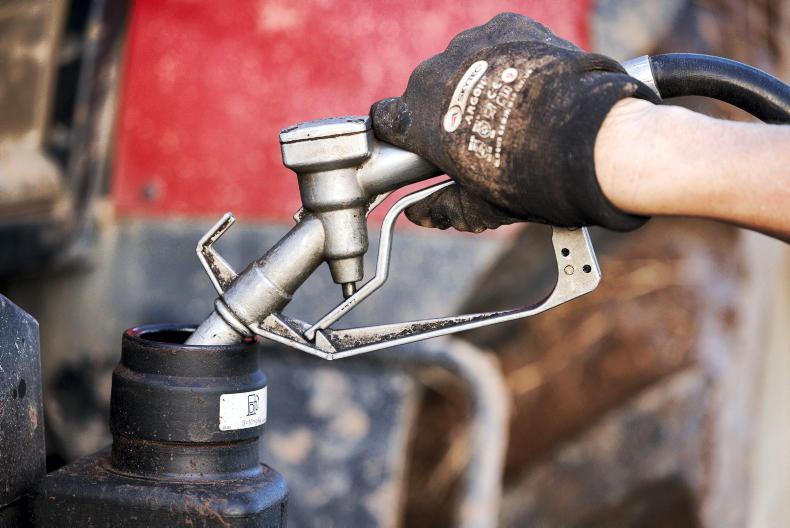According to Teagasc, the 2021 soil fertility results indicate that soils with optimum pH, phosphorous (P) and potassium (K) fertility decreased by 3% to 16%.
This data shows early signs of declining soil fertility levels nationally.
Decreased fertiliser use in 2022 is expected to lead to a further decrease in soil fertility levels nationally, so it is important that farmers put plans in place to combat this decrease to ensure their productivity and sustainability.
Five steps farmers can implement to do this are outlined below.
Soil samples
Farmers should have soil samples taken for the whole farm, so they can find out the current fertility status of the soil and therefore work out what fertiliser it needs.
It is recommended to repeat this analysis every three to five years so that the effectiveness of the fertiliser strategy can be monitored.
Lime
It is recommended to apply lime to neutralise soil acidity and to raise the pH to target the soil pH for the crop grown.
For mineral soils, a soil pH of 6.3 is recommended for grassland. For tillage crops, a target pH of 6.5 to 6.8 should be the aim.
Increasing the pH of soils will increase the amount of major nutrients available, especially P. Lime should be applied in line with the advice from the soil test report.
Target index 3
Farmers should aim to have P and K levels at index 3 in all fields.
Low fertility soils at index 1 and 2 need to be fertilised correctly to reach index 3.
For soils already in index 3, the nutrients being removed should be replaced so that the soil fertility levels can be maintained.
Index 4 nutrients have a high nutrient supply, so farmers can use these fields to save money on fertiliser.
Correct use of slurry and manures
Slurry can be a very cost-effective resource to increase fertility levels.
Slurry and farmyard manure (FYM) should both be used as efficiently as possible and farmers should target these at fields that have high P and K requirements, such as grass or maize silage.
They should be applied in spring under cool and moist weather conditions to maximise nitrogen (N) recovery.
Ensure nutrient supply is balanced
If one nutrient is deficient, no other nutrient will overcome it. Therefore, if a field is deficient in K, then applying excess N will not be fully utilised.
Farmers should ensure that the compound fertiliser selected supplies nutrients in the correct balance for the crop and soil, and also that it complements the nutrients supplied in organic manures.










SHARING OPTIONS